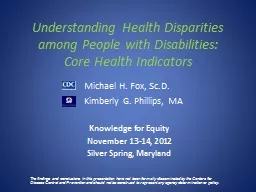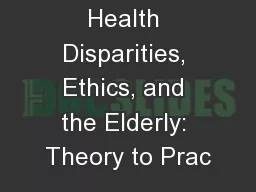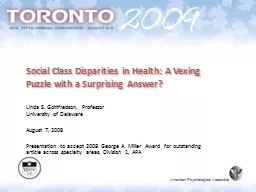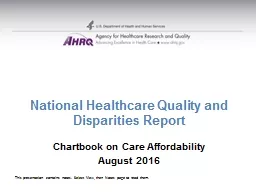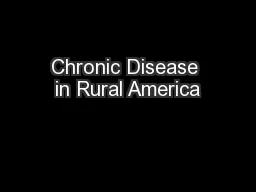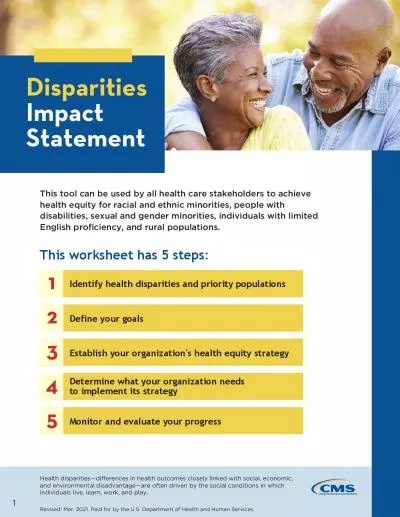PPT-Understanding Health Disparities
Author : calandra-battersby | Published Date : 2017-03-19
among People with Disabilities Core Health Indicators Knowledge for Equity November 1314 2012 Silver Spring Maryland The findings and conclusions in this presentation
Presentation Embed Code
Download Presentation
Download Presentation The PPT/PDF document "Understanding Health Disparities" is the property of its rightful owner. Permission is granted to download and print the materials on this website for personal, non-commercial use only, and to display it on your personal computer provided you do not modify the materials and that you retain all copyright notices contained in the materials. By downloading content from our website, you accept the terms of this agreement.
Understanding Health Disparities: Transcript
Download Rules Of Document
"Understanding Health Disparities"The content belongs to its owner. You may download and print it for personal use, without modification, and keep all copyright notices. By downloading, you agree to these terms.
Related Documents

